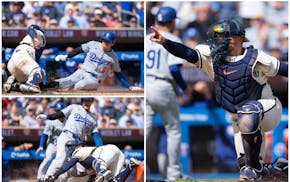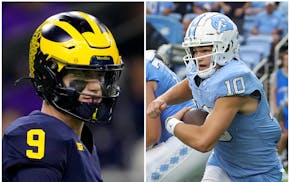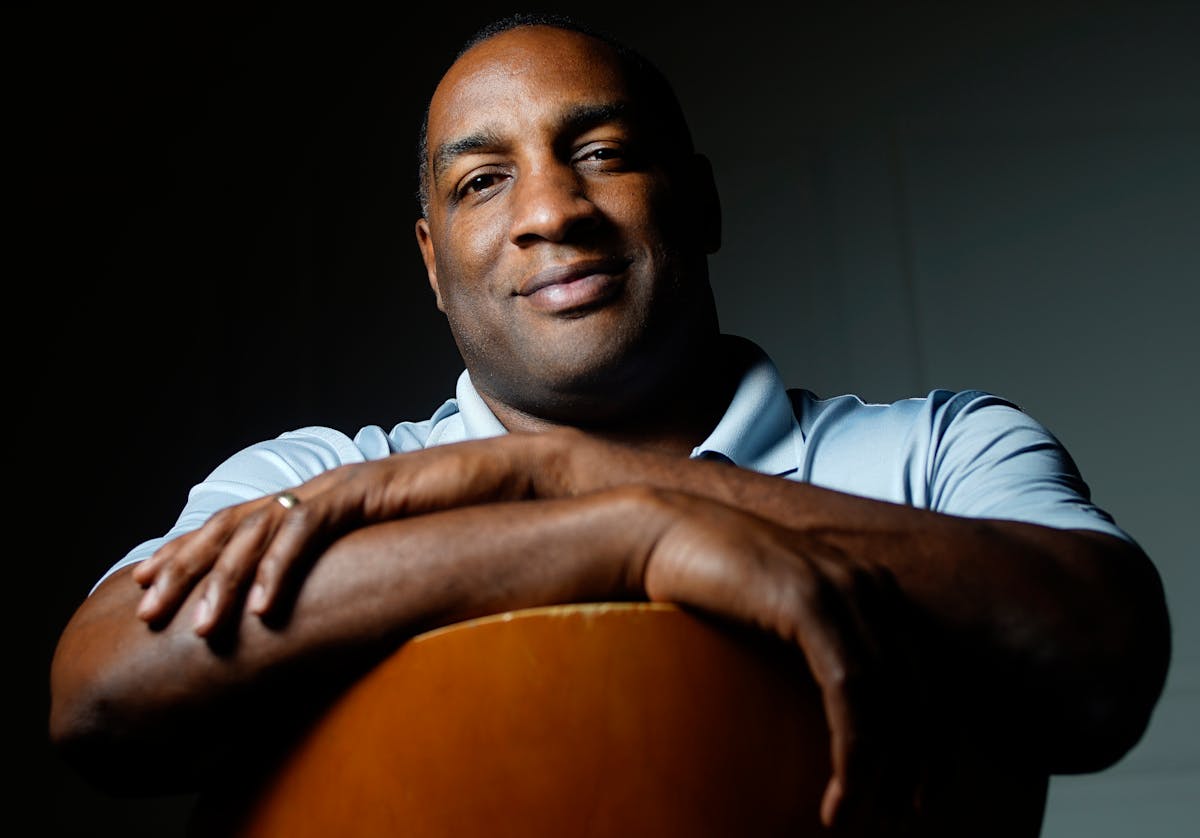College athletes will start returning to campus for workouts in two weeks. Universities increasingly have pledged to resume in-person classes this fall. This is the most optimistic I've felt about the college football season being played since this wretched pandemic shuttered sports.
Nothing is guaranteed, of course. This is more of a gut feeling, fully aware that the mechanics of a season likely will look different. Maybe there will be fewer games. Fans might not be allowed in stadiums initially, or in reduced numbers. Full-scale testing will be essential. But measured progress in loosening restrictions feels encouraging, and there's nothing wrong with that given all the sadness and worry that have consumed our lives the last few months.
The NCAA's decision last week to allow athletes to return to campus marks a significant step in a process that could pivot from one week to the next, depending on how effectively things proceed as all of society gradually reopens.
The SEC and Big 12 announced that football players can return to campus for voluntary workouts in June. The Big Ten reportedly plans to leave that decision to individual schools. The Gophers have not disclosed their plan yet.
Schools need football to avoid severe financial ramifications caused by a lost or disrupted season. Nothing should ever outweigh the health and safety of athletes and staff, but college sports leaders are having daily conversations to draft various models that would preserve football season in some form or fashion.
This is where things get tricky. Every decision by every school is independent of others, as opposed to a collectively bargained model in professional sports agreed upon by owners and player unions. Comments made by University of Michigan President Mark Schlissel over the weekend reinforce the challenge college sports face in moving forward in lockstep.
Schlissel told the Wall Street Journal that a decision on whether to play football hinges on whether students are allowed back on campus. That announcement is expected in a few weeks.
"If there is no on-campus instruction, then there won't be intercollegiate athletics, at least for Michigan," Schlissel said.
The president also added that he has "some degree of doubt as to whether there will be college athletics [anywhere], at least in the fall."
Other university presidents have painted a rosier picture, which underscores the point. An all-for-one, one-for-all model would be virtually impossible in college sports.
Imagine trying to find consensus with 130 FBS schools spread out across 10 conferences (plus independents) in 41 states. Every state and school will operate on their own timetable based on information they receive from their medical officials and scientific data.
A few Pac-12 football coaches floated a proposal asking the NCAA to create a uniform start date, which NCAA President Mark Emmert shot down. For once, I agree with Emmert on something.
The NCAA couldn't create a universal start because states are being affected by COVID-19 differently. What works for Georgia might not be feasible for California. Finding compromise will be challenging enough at the conference level. Those decisions should be left to each institution based on developments at the local and state level.
Things will become disjointed if certain conferences start on time while others are delayed. Would conferences scrap nonconference games if forced to delay or extend the season into winter?
Leagues also will face a dilemma if any schools decide not to bring students back to campus in the fall, which essentially would shelve football. Would the rest of the conference still play its season? My guess is yes because too much money is at stake.
Schools still have time before any concrete decisions need to be made. Hopefully, we will see positive developments and reason for optimism as states reopen. Schools can welcome back athletes starting next week. That's a promising sign that perhaps we will have college football in the fall after all.
chip.scoggins@startribune.com
Scoggins: 'Wait one more year' can't be the Wild's plan. Thankfully, it isn't.

Scoggins: Finch feeling heat of the Suns as playoff battle looms
Scoggins: Why 'championship or bust' fits these Wolves

Scoggins: Anatomy of a game-saving play as Correa throws out Ohtani


